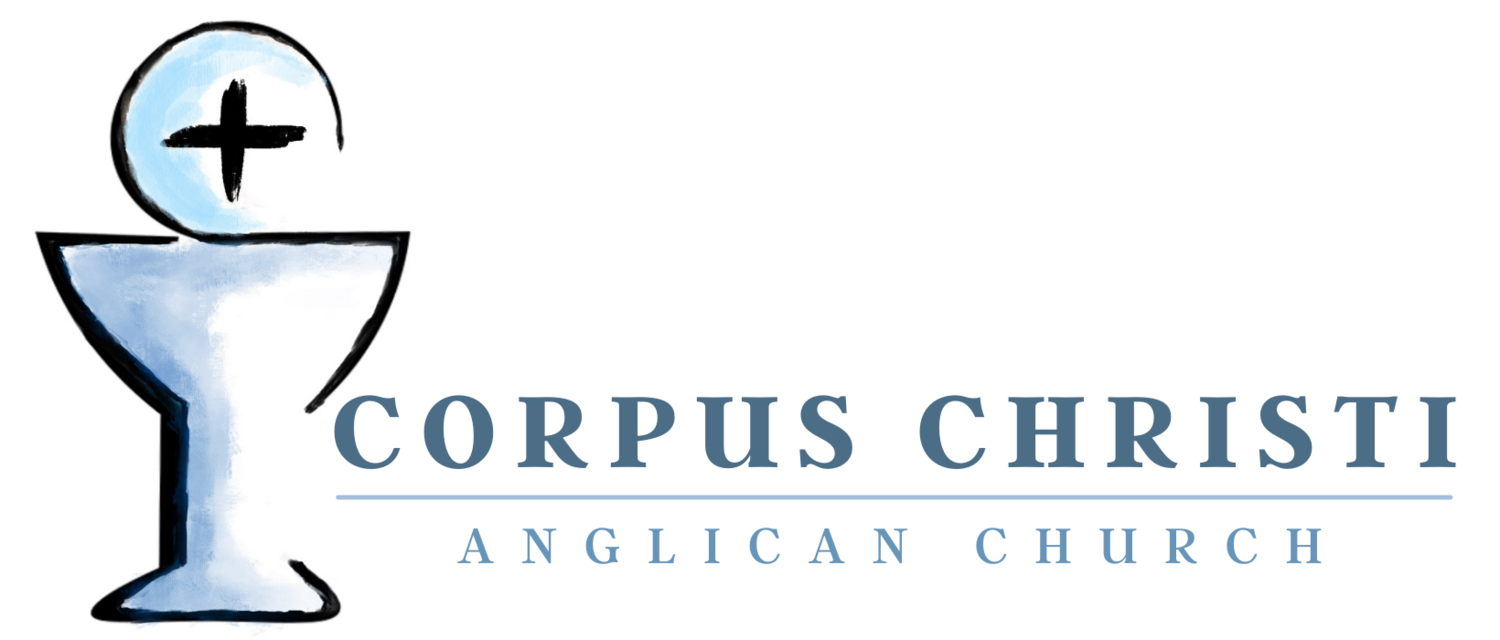
FREQUENTLY ASKED QUESTIONS
Questions Others Have Asked:
ARE CHILDREN WELCOME TO BE IN THE SERVICE?
Absolutely! Wiggles and cries are signs of life and vitality and we rejoice in them. Children are always welcome to be in the sanctuary during the service. We also offer nursery for ages 0-2 and will offer Catechesis of the Good Shepherd for ages 3-9 (coming soon!). All the children will come back during the announcements for the latter part of the Eucharist liturgy.
WHAT ARE THE STANDARDS FOR SAFEGUARDING CHILDREN AT CCAC?
We affirm the dignity in all people and approach the responsibility of creating a safe space for all people and protecting the vulnerable with great seriousness. You can find more about our child safety policies here. We are also informed by this helpful paper on creating a trauma-informed ministry, shared here with the author’s permission, entitled, “Sexual Abuse and Trauma-Safety: A Biblical and Theological Reflection”.
WHAT IS THE CATECHESIS OF THE GOOD SHEPHERD?
Catechesis of the Good Shepherd (“CGS”) is a Montessori approach to religious education that teaches children to pray using the liturgy. The place where CGS happens is called the “atrium”. Learn more about children’s ministry here.
WHY DO WE PRAY THE SAME PRAYERS TOGETHER (ALSO CALLED A LITURGY)?
“Anglicans worship with a structured liturgy because it embodies biblical patterns of worship, fosters reverence and love for God, deepens faith in Jesus Christ, and is in continuity with the practices of Israel and the Early Church. (Numbers 6:22–27; Deuteronomy 12:8–14; Psalm 96; Acts 2:42–47; Revelation 15; Didache 8–10)” — To be a Christian: An Anglican Catechism, #245
WHAT DO THE COLORS SIGNIFY IN THE SANCTUARY?
Violet/Purple: Advent, Lent, or other penitential occasions. It reminds us of our need to turn from sin and rest our hope on the grace of God in Jesus Christ.
Green: Ordinary time. It reminds us of the life that is found in the Holy Spirit who indwells the followers of Christ.
Red: Ordinations, confirmations, Palm Sunday, Pentecost, and feast days commemorating martyrs. It reminds us of the gifts given by the Holy Spirit as well as the blood shed by Christ and the martyrs of the Church.
White: Christmas, Epiphany, Easter, weddings & funerals. It reminds of the glory of the resurrection and the new life in Christ.
WHY DO PEOPLE BOW AND CROSS THEMSELVES SO OFTEN?
We are embodied creatures and therefore our bodies, minds, and hearts work together in prayer. Making the sign of the cross is a bodily prayer reminding us of God’s promise in our baptism. We bow in worship to show awe and reverence to God’s presence in our midst.
WHO MAY RECEIVE COMMUNION?
All who are baptized and following Christ are welcome to receive the Eucharist. Baptized children are also welcome to receive. If you do not plan to receive, you are still invited to come forward for a blessing.
WHY DO WE HAVE PRIESTS?
The three orders are bishops, priests, and deacons, which we have received from Scripture and the historic Church (Acts 6:1–7; 1 Timothy 3:1; 5:17–22; 2 Timothy 4:5; Titus 1:5; Ignatius of Antioch, Letter to the Trallians 2.1–3; 3.1–2) (Catechism #142).
WHY IS THERE A BAPTISMAL FONT IN THE BACK WITH WATER IN IT?
When entering or departing the sanctuary, all are invited to dip a finger in the water and make the sign of the cross as a reminder of our new birth by the Holy Spirit in Holy Baptism. It frames how we enter into worship and it frames how we live out the Great Commission (Matt 28:19-20) in the world.
WHY DO SOME PEOPLE WEAR SPECIAL GARMENTS DURING THE SERVICE?
All of us (ordained and laity) have a necessary role in corporate worship (also called the liturgy). The special garments, also called vestments, highlight the symbolic role that different people have in worship. Different vestments often symbolize the different roles individuals play in the liturgy (e.g. Bishop, Priest, Deacon, Acolyte, Verger, etc.).
IS THERE A DIFFERENCE BETWEEN MASS, SERVICE, HOLY EUCHARIST, WORSHIP, OR COMMUNION?
Not really. We use them interchangeably at Corpus Christi Anglican Church. Regardless of the term, the main point is that in the Holy Eucharist, we hear the Law read, receive God’s good news of forgiveness, recall our baptismal promises, have our faith renewed, and receive the grace of the Body and Blood of Christ to continue following him in love and obedience. (Catechism #366; John 6:5 3–58; 1 Corinthians 10:15–16)
WHY DO YOU SAY THE NICENE CREED EACH WEEK?
The Creeds summarize the faith handed down to us in the Scriptures. As early as the 2nd century, the essentials of the Apostolic faith were being gathered into an outline of faith topics for Christian instruction. The Apostles’ creed came from such a collection and spread throughout the church as a summary of the Apostolic faith and was used as the declaration of faith made at Baptism. The Nicene Creed expands upon the summary of the Apostles’ Creed and was recognized in the 4th century as the summary of the essentials of the Apostolic Faith. The Nicene Creed is confessed each week during the Eucharist after we hear from God’s word and in the preparation of our hearts for repentance and amendment of life.
DON’T SEE YOUR QUESTIONS?
Please reach out to ask any questions you don’t see listed!
